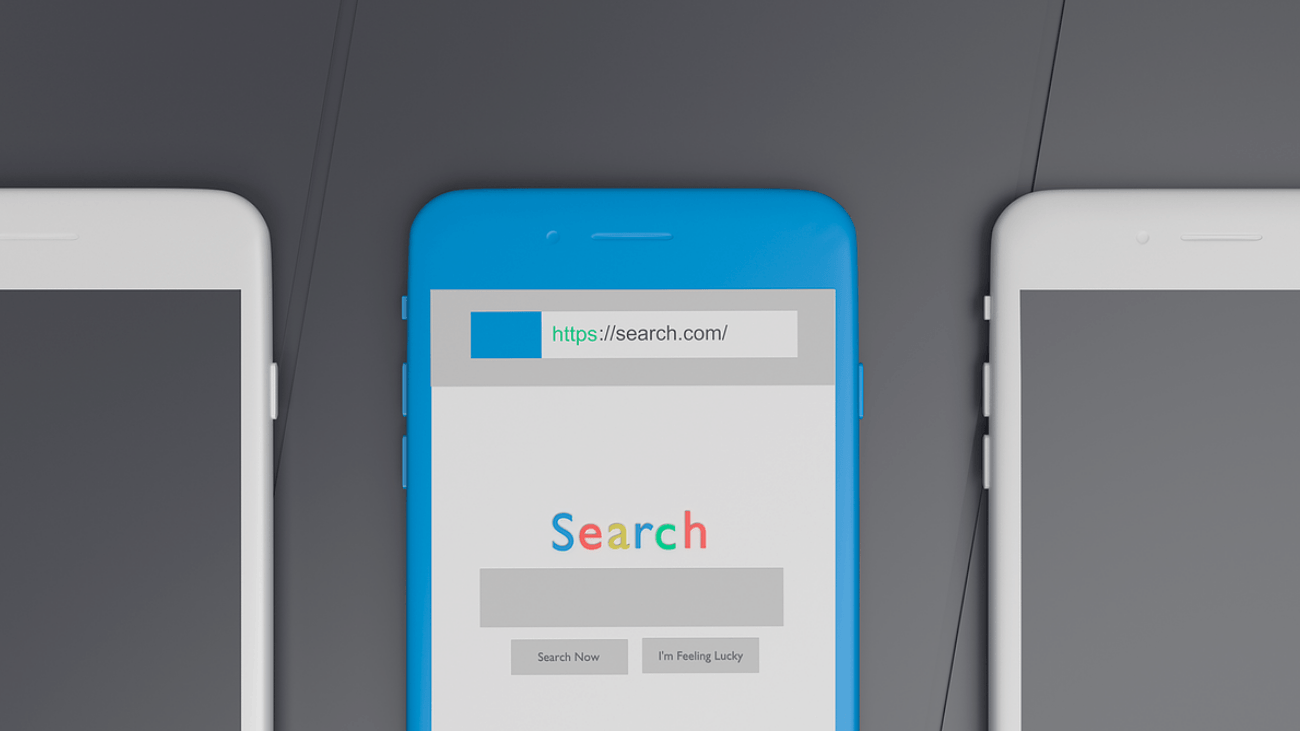
Maximising SEO Opportunity in the Web Design Process
Maximising SEO Opportunity in the Web Design Process
Most of the time clients go to a digital marketing agency well after their website has been designed and built – years down the track, in fact, to see what they can do to make it more visible in search engines. While there are always improvements to be made, there’s also inherited elements on a website that simply can’t be made search friendly due to the platform its built on or the age of the site. Or simply, the development cost of making those changes would outweigh the SEO benefit they would give.
The best time to start thinking about and planning for SEO is during the web design process to ensure the proper elements are built into the site in a way that’s going to be easy to maintain and update as user expectations, and therefore search engine algorithms change.
Platform Selection
Nowadays you are fairly safe choosing a website platform that will provide the basic SEO functionality such as customisable meta tags, search-friendly URLs and content publishing and sharing features. Most modern content management systems are generally SEO friendly but be sure to check with your web development agency just in case. If the functions aren’t provided, there may be plugins or add-ons that can be utilised.
Information Architecture
As anyone up with SEO knows, “Content is King”. This means you must have unique and engaging content on your site that can be easily found and ranked by search engines, and is useful to consumers. During the web design process, undertaking an Information Architecture project will ensure you plan your content flow, page structures and entity requirements before anything is built. Once your site is already built, it can be costly and time consuming to change. Your Information Architecture should consider what content needs to go where, in what order, and in what placement to meet the needs of both users and search engines.
Technical Considerations
Depending if you are migrating from an old site to a new site, building from scratch or updating an older site will give you all kinds of different technical points to consider or SEO. The following list covers the most basic, common technical considerations for SEO during the web design process:
- Platform – Choose your platform carefully to ensure it has all the SEO functions you need
- Domains – Ensure a single canonical version of the site and subdomains are redirected correctly
- Hosting – Host your site where your visitors are, and ensure it is fast so your users aren’t left waiting around
- Redirection – If you have an old site, map its pages before the new site goes live so you can redirect the old pages to their newer versions
- Navigation & Link Structure – Users as well as bots need to be able to navigate your site through your navigation and internal links
- URLs – Use semantic (understandable) URLs that humans and search engines can understand
- UX – The user experience is every bit as important as SEO, and flows directly into SEO. Test your site with real people to ensure it’s what they need
- Content & Keywords – Ensure your new site’s content is aligned with your target keywords so you can be ranked in search engines accordingly.
We are highly experienced in creating SEO opportunity during the web design process. Get in touch with us to see how we can help with your site’s design, and/or search visibility.

